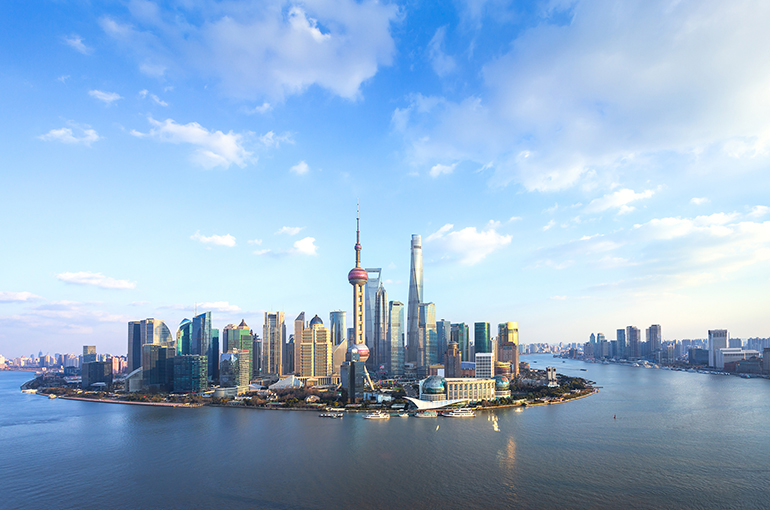 Shanghai’s Economy Expands 5.5% in First Nine Months, Outpacing China Growth
Shanghai’s Economy Expands 5.5% in First Nine Months, Outpacing China Growth(Yicai) Oct. 22 -- Shanghai's economy expanded 5.5 percent in the first nine months of the year, faster than China’s national average, with high growth logged by strategic emerging industries.
Shanghai's gross domestic product rose to CNY4.07 trillion (USD571.4 billion) in the January to September period, according to figures released by the city’s statistics bureau today. China's GDP climbed 5.2 percent to CNY101.5 trillion (USD14.25 trillion) in the same period. In the first half, Shanghai’s economy grew 5.1 percent, slower than the country's 5.3 percent clip.
“The economic data for the first three quarters not only reflect Shanghai’s resilience as an engine of China’s economic growth, but also highlights the city’s leading role in economic restructuring and upgrading,” said Shen Kaiyan, economics institute director at the Shanghai Academy of Social Sciences. He added that the growth drivers are more noteworthy than the growth rate itself.
Shanghai’s three leading industries saw output grow 8.5 percent, with artificial intelligence, integrated circuits, and biomedicine increasing 12.8 percent, 11.3 percent, and 3.6 percent, respectively.
Output from strategic emerging industries gained 7.3 percent, representing 44 percent of the city’s total industrial output. Among them, new energy surged 19.6 percent, next-generation information technology grew 11 percent, while high-end equipment and high-tech manufacturing increased 10 percent each.
Driven by these emerging industries, production at large industrial enterprises rose 5.3 percent in the first three quarters, quickening from 5.1 percent in the first half, while total industrial output rose 5.7 percent, up from 5.6 percent.
Led by the financial and information services sectors, tertiary sector production increased 5.9 percent to CNY844.9 billion (USD118.6 billion). The financial sector's added value rose 9.8 percent to CNY696.5 billion.
Shanghai's economy also benefited from resilient consumption and demand stability, with retail consumer goods sales rising 4.3 percent to CNY1.23 trillion. The city’s trade-in policy has also shown positive effects, lifting consumption by nearly CNY110 billion.
As Shanghai develops as an international consumption center, emerging retail and lifestyle trends continue to unlock the city’s consumption potential, Shen noted.
The city’s continued steady growth depends on maintaining an edge in global technological competition, innovation, and industrial chain restructuring, while further boosting domestic consumption, Shen said.
“Once an economic entity like Shanghai establishes a solid foundation in technological innovation, it can show greater stability amid global economic fluctuations,” he noted.
Editor: Martin Kadiev